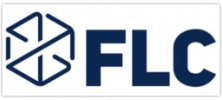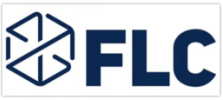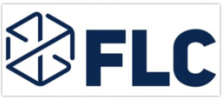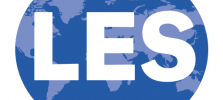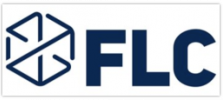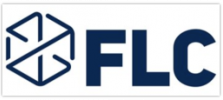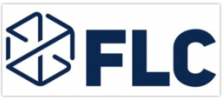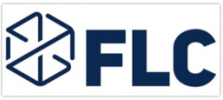Development of Eribulin, a Potent Anti-Cancer Agent from a Marine Sponge
Natural products have formed the basis of traditional medicine systems for thousands of years and have been the single most productive source of leads for the development of cancer drugs. This nomination describes the discovery of halichondrin B, a compound isolated from a species of marine sponge, and the subsequent preclinical and clinical research and development of a related synthetic compound into the novel cancer drug Eribulin.

